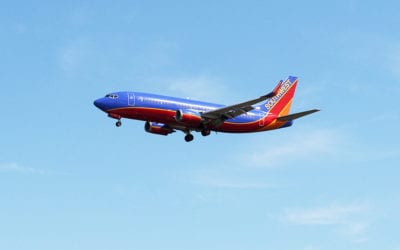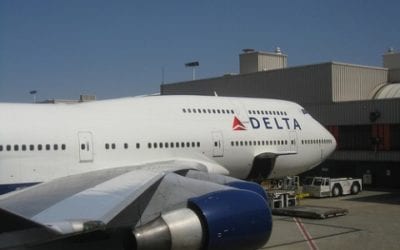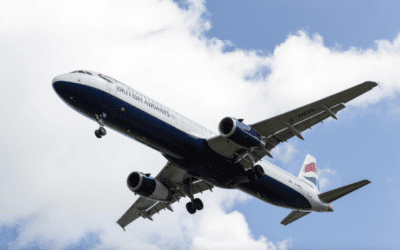
On a Memorial weekend trip to visit a friend in Ohio, the cheapest fare had a two-hour return connection in Chicago. Since Chicago has some decent Red Carpet Club lounges with free WiFi, this was fine with me. As it turned out, however, thunderstorms in Chicago caused “ground holds” in Cincinnati.
Plus I learned that when airlines prioritize take-of slots during delays, original schedules are often abandoned.
“Ground hold,” for the uninitiated (which probably doesn’t mean anyone who flies regularly through Chicago), means keeping the plane at its departure city, because they don’t want it circling around waiting to be cleared to land. It’s cheaper for the airline, and usually more comfortable for the passengers. Not to mention, it eliminates the potential worry of running out of fuel.
Curiously enough, there were two planes, both commuter jets, leaving Cincinnati for Chicago at the same time – United Express and American Eagle. United was scheduled to leave at 12:30 p.m. American was scheduled to leave at 1:15 p.m.
As of noon, the United flight showing on the board was delayed until 2:30 p.m., while the American Eagle flight was only delayed until 2 p.m. This seemed more than a little odd.
So I approached the counter, expecting the usual airline doublespeak on the subject. But the plane’s pilot was standing nearby, and he gave me the rundown.
Basically in a weather delay situation, ATC (Air Traffic Control) gives each airline a certain number of “slots” — i.e. how many planes they can land within a given time. Each airline then prioritizes their flights accordingly.
This translated, according to the pilot, into one of two scenarios, or both.
Scenario 1: American has less flights scheduled to land during the same window as United and needs their plane to take off earlier.
Scenario 2: More likely, the AA flight is a priority for them with more international connections or high revenue passengers. The UA flight, he stated, is low priority for United, so they accepted a later slot.
Since at first it looked like I would make my connection even with the later flight, I figured it’s wasn’t worth worth trying to argue my way onto the American flight, particularly as it would mean a longer transit between terminals in Chicago.
As it turned out, though, the pilot’s statement proved even more accurate. As storms continued, the delays got longer. United’s flight consistently got pushed back later than the American flight. (In fact, American had three flights heading to Chicago, one a diversion from Charlotte, and all of them kept showing earlier departures than United.
In the end I was able to talk my way onto one of the American flights, which got me to Chicago late, but an hour earlier than my original UA flight. While I missed my original connection, I was able to catch another plane out back to San Fransisco. Had I stuck with my scheduled United flight I am not sure if I would still be in Chicago.
Lessons learned: Sometimes in weather delay situations airlines make difference decision. While logic would dictate that the flight scheduled out first would be the first to leave, this may not be the case. Sometimes, the later flight for whatever reason has more priority passengers, or the airline needs that particular plane to get to its next destination more urgently.
Unfortunately gate agents don’t always have access to delay and slot information. If they do, they may not share it. But it’s another reason to ask about alternatives, even perhaps for a later scheduled flight, or for transfer to another carrier. All the gate personnel can tell you is no, and if they say, “Yes,” you might make it to your destination sooner.
Photo: National Center for Atmospheric Research
Janice Hough is a California-based travel agent a travel blogger and a part-time comedy writer. A frequent flier herself, she’s been doing battle with airlines, hotels, and other travel companies for over three decades. Besides writing for Travelers United, Janice has a humor blog at Leftcoastsportsbabe.com (Warning, the political and sports humor therein does not represent the views of anyone but herself.)



